ASUS Zenfone 11 Ultra vs. Google Pixel 8 Pro
ASUS and Google both have premium affordable phones with AI.
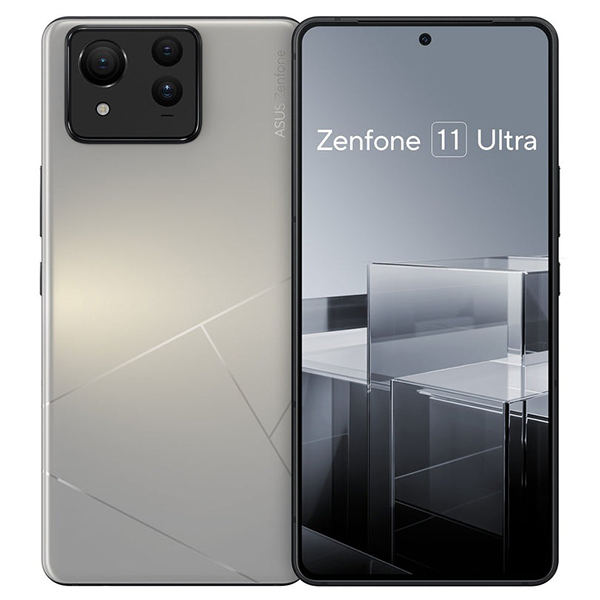
A lot to love
There’s a lot to love about the ASUS Zenfone 11 Ultra, an affordable phone with plenty of premium features and a sleek design that makes it look more expensive than it is. But there are some concessions, most notably the limited software and security updates. But with the gorgeous screen, headphone jack, and AI features, you’ll love it.
Pros
- Sleek and stylish design
- Plenty of AI features
- Ultra-high peak brightness, gorgeous screen
- Actually has a headphone jack
Cons
- Limited software and security updates
- Can overheat while gaming
- Doesn't come with a charger in the box

A top-notch Pixel
The Google Pixel 8 Pro is the most powerful Pixel in the line-up to date with tons of fabulous features, many of which leverage Google AI technology. From taking great photos and being able to intelligently edit them after the fact to enjoying all that Google has to offer through its apps and software, this is a top-notch premium device without a premium price tag.
Pros
- Fabulous screen
- Powerful cameras with AI-powered editing features
- Seven years of software and security updates
- Other intelligent AI features
Cons
- No expandable storage
- Tensor processor still isn't ideal for gaming
If you’re looking for a smartphone with plenty of AI features, chances are two you might be deciding between are the ASUS Zenfone 11 Ultra vs. Google Pixel 8 Pro. Both offer compelling features but won’t break the bank in terms of price. How can you possibly choose which one is right for you? We’re here to help.
ASUS Zenfone 11 Ultra vs. Google Pixel 8 Pro: Aesthetics and basics
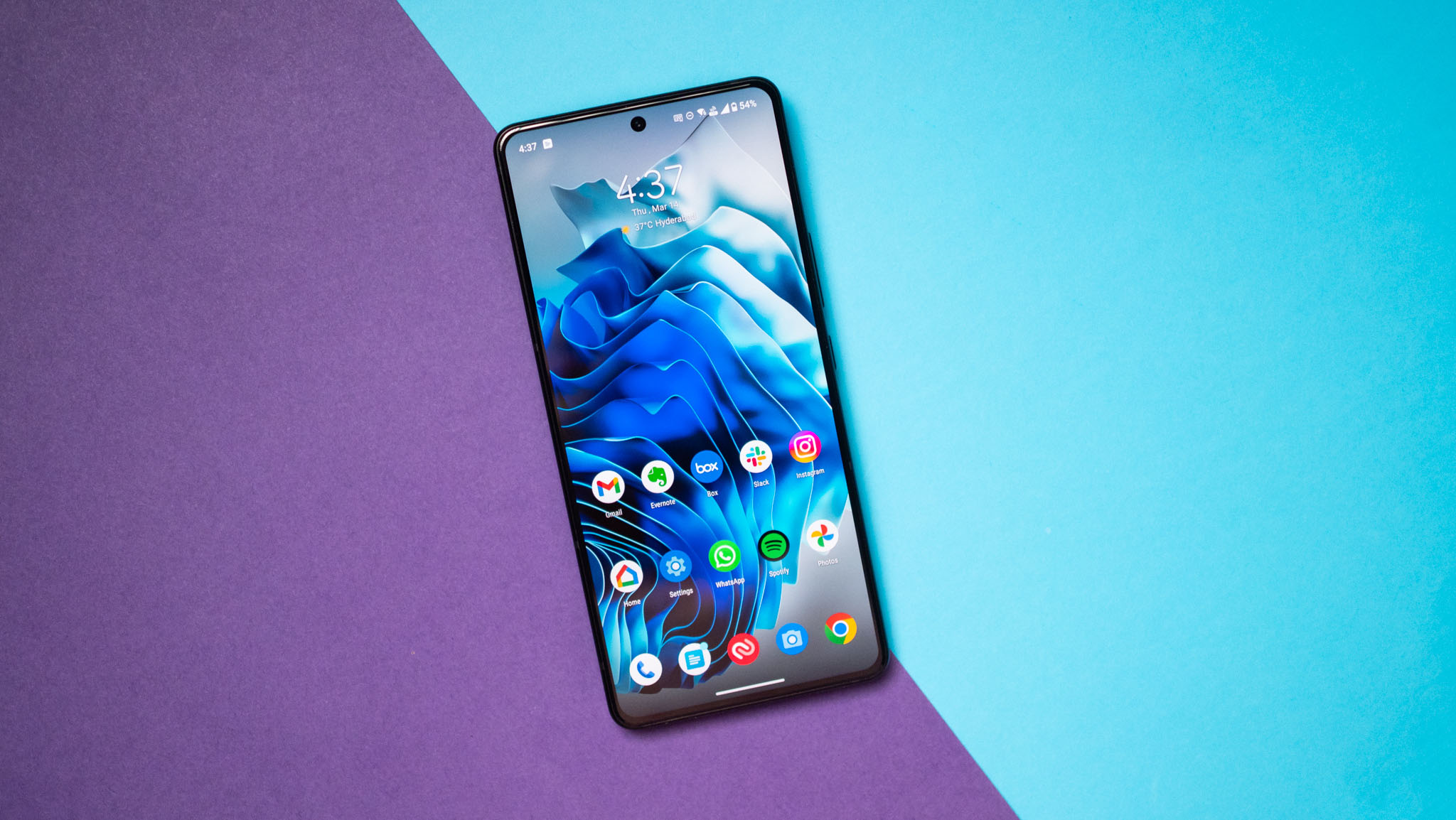
Introduced in March 2024, the ASUS Zenfone 11 Ultra comes in four cool colors: Skyline Blue, Eternal Black, Misty Grey, and Desert Sand, but this is just on the back: the sides in each are black. It’s equipped with a 6.78-inch flexible E6 AMOLED display with a 2,400 x 1,080-pixel resolution, a narrow bezel, and a 94% display-to-body ratio. The phone is a stunning sight to behold, thanks to the glossy matte finish featuring the Chinese symbol for “people,” which makes it stand out among the pack. The Corning Gorilla Glass Victus 2 screen, meanwhile, makes it durable as well, along with the IP68 certification for water and dust resistance.
With 1,600 nits brightness and 2,500 nits peak brightness, you can easily view the screen in all types of lighting conditions, including even bright sunlight outdoors. The adaptive refresh rate goes from 1-120Hz to adjust based on what activity you’re engaged in, but there’s also a boost up to 144Hz for gaming. In his Zenfone 11 Ultra review, however, Android Central’s Harish Jonnalagadda says you can’t manually turn this on, and it only works in certain gaming titles.
The phone’s dimensions are 6.45 x 3.02 x .035 inches, and it weighs 225 grams, making it slightly bigger and heavier than the Google Pixel 8 Pro, but not by much. Jonnalagadda admits that while the phone is tall and heavy, ASUS “nailed the weight distribution.” It comes with either 256GB or 512GB storage, which is not expandable, so you’ll likely want to opt for as much storage as you can get locally.
Coming out of the box loaded with Android 14 and additional customization options through ZenUI (though you can choose to use only stock Android), it comes with the promise of two major software updates and four years of security updates. If you plan on holding onto the device for longer than a few years, this could sway your decision since Google promises more than three times the number of software updates and almost twice as long a period for security updates.
Powered by a 5,500mAh battery, the phone supports 65W HyperCharge as well as wireless charging, so you can be confident that it will last all day and will be up and running in no time once you do need to recharge it.
Additional features you’ll find with the ASUS Zenfone 11 Ultra include dual stereo speakers that Jonnalagadda says are “among the loudest in this category,” dual mics with ASUS Noise Reduction technology, fingerprint sensor, face recognition, Bluetooth 5.4, Wi-Fi Direct, NFC, dual SIMs, and 5G. A rarity nowadays, it also has a 3.5mm input for connecting wired headphones and earbuds, which is great if you’re in a pinch and only have a backup wired pair on hand.
Get the latest news from Android Central, your trusted companion in the world of Android
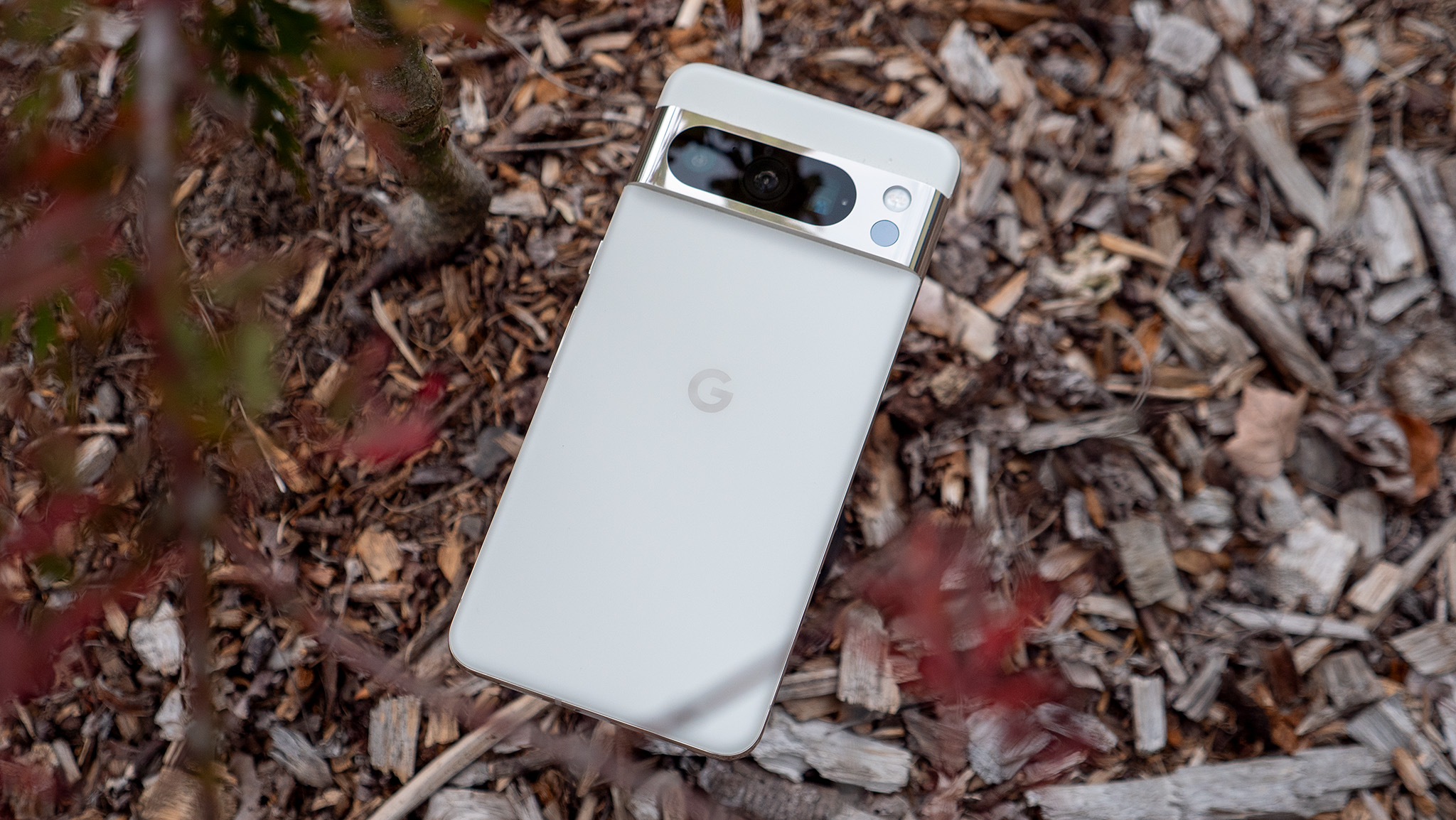
By comparison, the Google Pixel 8 Pro, introduced in October 2023, can be picked up in the traditional Google colors: Porcelain, Bay, and Obsidian. It has a 6.7-inch Super Actua LTPO OLED display with 2,992 x 1,344 resolution, a peak of 2,400 nits of brightness (1,600 nits), and an adaptive refresh rate from 1-120Hz. The edgeless screen is made of Corning Gorilla Glass Victus, which is both scratch- and fingerprint-resistant, and the phone is also IP68-rated. In his Pixel 8 Pro review, Android Central’s Nicholas Sutrich says the matte glass back of the phone “feels so good, it’s ridiculous,” adding that the phone is overall comfortable to hold thanks to its rounded corners.
The phone is a smidge smaller than the ASUS Zenfone 11 Ultra at 6.4 x 3 x 0.3 inches and a bit lighter at 213 grams. You can choose from four storage capacities: 128GB, 256GB, 512GB, and 1TB, but this is not expandable either, so keep that in consideration when choosing which version to get. If you want to consider cloud storage, the Google Pixel 8 Pro comes with a six-month trial to Google One Premium with up to 2TB storage. But you’ll have to pay beyond that period of time if you choose to continue.
The Google Pixel 8 Pro also comes with Android 14, but the big benefit here is that you get up to seven years of OS and security updates, so this phone is a good one if you’re in it for the long haul. It’s also worth noting that it comes with a six-month subscription to Fitbit Premium, which you can use alongside either a Fitbit smartwatch or fitness tracker or a Google Pixel Watch, like the Google Pixel Watch 2. Additionally, get three months of YouTube Premium if you’re a new subscriber.
Equipped with a 5,050mAh battery as well, the Google Pixel 8 Pro also has an Extreme Battery Saver mode that can extend this to up to 72 hours, ideal if you’re traveling and forgot your charger at home. In addition to support for fast wireless charging, the phone can also use battery share to recharge other compatible devices, like a pair of Google Pixel Buds.
Find a similar feature set like stereo speakers, three mics with noise suppression, fingerprint unlock, face unlock, Bluetooth 5.3, NFC, and 5G. This phone, however, does not have a headphone jack.
ASUS Zenfone 11 Ultra vs. Google Pixel 8 Pro: Comparing specs
Head-to-head, how do these two phones compare in terms of specs?
| Header Cell - Column 0 | ASUS Zenfone 11 Ultra | Google Pixel 8 Pro |
|---|---|---|
| OS | Android 14 | Android 14 |
| Colors | Skyline Blue, Eternal Black, Misty Grey, Desert Sand | Obsidian, Porcelain, Bay |
| Screen Size | 6.78 inches | 6.7 inches |
| Screen Resolution | 1,080 x 2,400 | 1,344 x 2,992 |
| Screen Type | Flexible E6 AMOLED | LTPO OLED |
| Refresh Rate | 1-120Hz (144Hz boost) | 120Hz |
| Processor | Snapdragon 8 Gen 3 | Google Tensor G3 |
| RAM | 12GB, 16GB | 12GB |
| Storage | 256GB, 512GB (not expandable) | 128GB, 256GB, 512GB, 1TB (not expandable) |
| Cameras | 50MP main, 32MP telephoto, 13MP ultra-wide, 32MP front | 50MP main, 48MP ultra-wide, 48MP telephoto, 10.5MP ultra-wide front |
| Speakers | Stereo Speakers, Hi-Res Audio | Stereo Speakers, Spatial Audio |
| Battery | 5,500mAh | 5,050mAh |
| Wireless Charging | Yes | Yes (with powershare) |
| Bluetooth | 5.4 | 5.3 |
| Water Resistant | IP68 | IP68 |
| Cellular | 5G | 5G |
| Size | 6.45 x 3.02 x 0.35 inches | 6.4 x 3.01 x 0.35 inches |
| Weight | 225 grams | 213 grams |
The two phones are pretty similar when it comes to the specifications, which each having a leg up in different areas on the other. But let's dive deeper.
ASUS Zenfone 11 Ultra vs. Google Pixel 8 Pro: Power, processing, and audio

Both these phones have powerful processors and other goodies to keep up with your daily tasks.
The ASUS Zenfone 11 Ultra comes powered by a Snapdragon 8 Gen 3 processor, so you don’t have to worry that it won’t be zippy and able to keep up with all your multitasking and data-intensive productivity or entertainment needs. Get 12GB RAM up to a blazing fast 16GB, depending on the model you choose.
The phone is loaded with tons of AI-powered features. You’ll see things like AI noise cancellation to cancel out background noises, but many of the features are still in beta mode. With AI call translator, for example, it will translate your words into text and voice so the person on the other end of a call or message can understand you and vice versa. This makes it pretty seamless to have a conversation with someone who speaks another language.
Also in beta is AI transcript, which transcribes phone calls in real-time, a dream for a journalist (present company included!), student, or anyone else trying to furiously take notes from a call or recording and transcribe it manually later. Another beta option is AI wallpaper, which is powered by Qualcomm’s NPU. With this feature, the phone crafts personalized images in your preferred style so the device intelligently adapts to a look and feel you’ll love.
The ASUS Zenfone 11 Ultra excels when it comes to audio performance based on its impressive specs. Along with dual stereo speakers, there’s support for lossless audio and Hi-Res audio up to 384kH2/32-bit when listening via wired headphones. There’s also Dirac Virtuo for Headphone spatial sound, so you get an immersive experience when listening to tunes, podcasts, playing games, or watching videos. Indeed, Jonnalagadda says the tuning makes a “legitimate difference” when playing games or streaming content. With the full AptX suite of audio codecs, you can confidently stream high-res tunes through a good pair of headphones.
Additionally, there’s a PC continuity feature that can be likened to Samsung’s DeX. With ASUS GlideX, you can mirror your phone and share videos and photos across different devices. Along with extending the screen, you can also use the phone’s camera as a webcam, enhancing your desktop set-up. Meanwhile, Phone Link allows for syncing with a laptop or PC to transfer files, take calls, and manage tasks.
For gaming, there’s the game turbo engine, which Jonnalagadda says is the “best you’ll find on any phone.” A neat feature called Video Genie mutes calls and notifications while you’re playing so you don’t get distracted. But Jonnalagadda notes that sometimes he experienced overheating during extended gaming sessions.

What about the Google Pixel 8 Pro? It is powered by Google Tensor G3 with Google AI and has 12GB RAM, regardless of the storage option, which means you’ll get a fantastic experience across the board.
Google offers useful features in the AI realm as well, like Call Screen for automatically screening spam calls, silently answering them for you so you don’t have to deal with them, nor the phone continuously ringing. Sutrich says it’s easily his favorite Pixel feature, but it's also simple to turn off for those who don’t want it.
Live Translate works out of the gate, making it easy to connect with colleagues, friends, and family in multiple languages. Use Google Assistant to summarize, read aloud, and even translate web pages, as well as compose messages using your voice. There are also useful apps like Google Wallet and Google Maps with upgraded immersive views. Gmail also offers new and useful prompts. For security, the Titan M2 chip and VPN by Google One is an added benefit, as are features like car crash detection.
AI Wallpaper is another neat addition, allowing you to choose from preset themes that include paintings, terrains, textures, and more. Once you select a term, like glacier or beach, context-sensitive options appear. When you are ready, select Generate, and you’ll see four images created by generative AI from which you can choose or ask for more.
Gaming is doable on the phone, but framerate dips regularly, Sutrich finds. While he could easily play games like Minecraft, he had a hard time running even simple visual games like Fortnite. If you’re looking for a phone for gaming, then you’ll want to keep this in mind.
The temperature sensor has proven to be more of a novelty feature than anything else, but it’s still a cool option to have. Hold the phone by an object, like a boiling pot of water or a baby bottle, and it can tell you the temperature. This feature will become more useful if it officially works like a thermometer: Google has applied to the FDA for the ability to use it to take your own temperature (or that of someone else) and store the data in the Fitbit app. But this is still pending.
While the Google Pixel 8 Pro doesn’t have all the audio features you’ll find on the ASUS Zenfone 11 Ultra, it does support Spatial Audio, so you can expect a wonderfully immersive sound experience from this device as well.
ASUS Zenfone 11 Ultra vs. Google Pixel 8 Pro: What about the cameras?
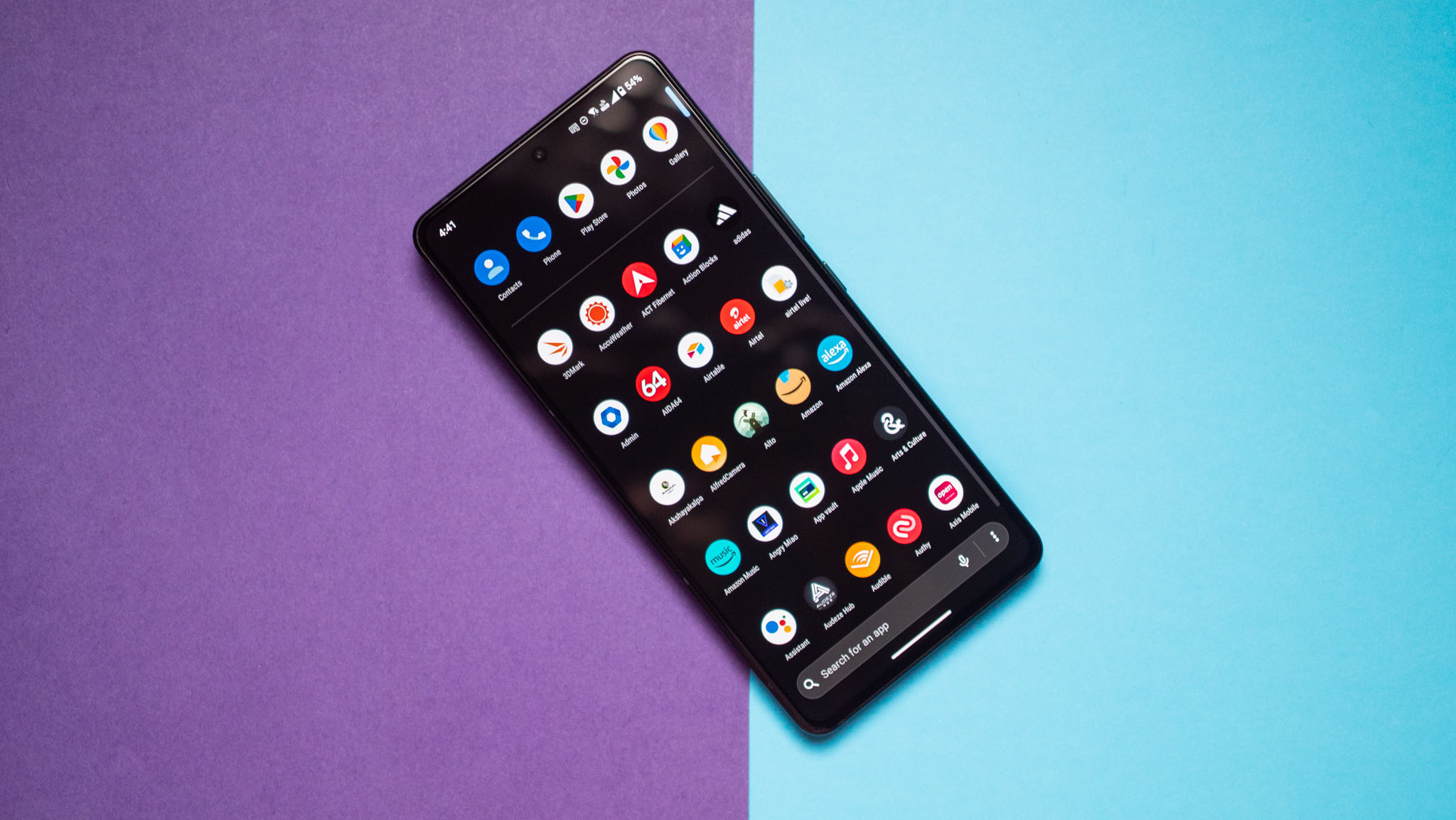
The AI-powered features in both phones work with their cameras as well.
The ASUS Zenfone 11 Ultra has a 50MP main camera, 32MP telephoto camera with a 90° FOV, 3x telephoto, and built-in optical image stabilization (OIS), a 13MP ultra-wide camera, and a 32MP front camera for selfies. Jonnalagadda’s verdict: the phone takes great photos in daylight with nice dynamic range and color accuracy, and detailed photos in low light scenarios as well, albeit with some fringing and loss of detail. The 3x zoom lens leaves something to be desired, but overall, he says the camera in this phone are the best of any Zenfone model he has tried to date.
A portrait video mode uses an AI algorithm to provide a natural depth-of-field effect when capturing videos. It can also recognize focal points in real time and faces, including those of pets as well as people. This is a feature pet owners (and lovers!) will appreciate.
You’ll purportedly get smooth photos and videos thanks to the 6-axis hybrid stabilizer 3.0 and Super Hyper Steady EIS algorithm. OZO Audio technology, meanwhile, is used for ensuring lifelike audio and 3D sound in recordings.
With the 10x zoom with HyperClarity AI algorithm, the phone can also handle direct processing of RAW files. AI Object Sense can recognize objects and optimize them using a special algorithm.
Another cool photo-related feature is for after the photos are captured: semantic search makes it easy to find what you’re looking for via relevant results provided by AI and using natural language. You can search for photos based on parameters like events, times, locations, or even objects that appear in the photos.
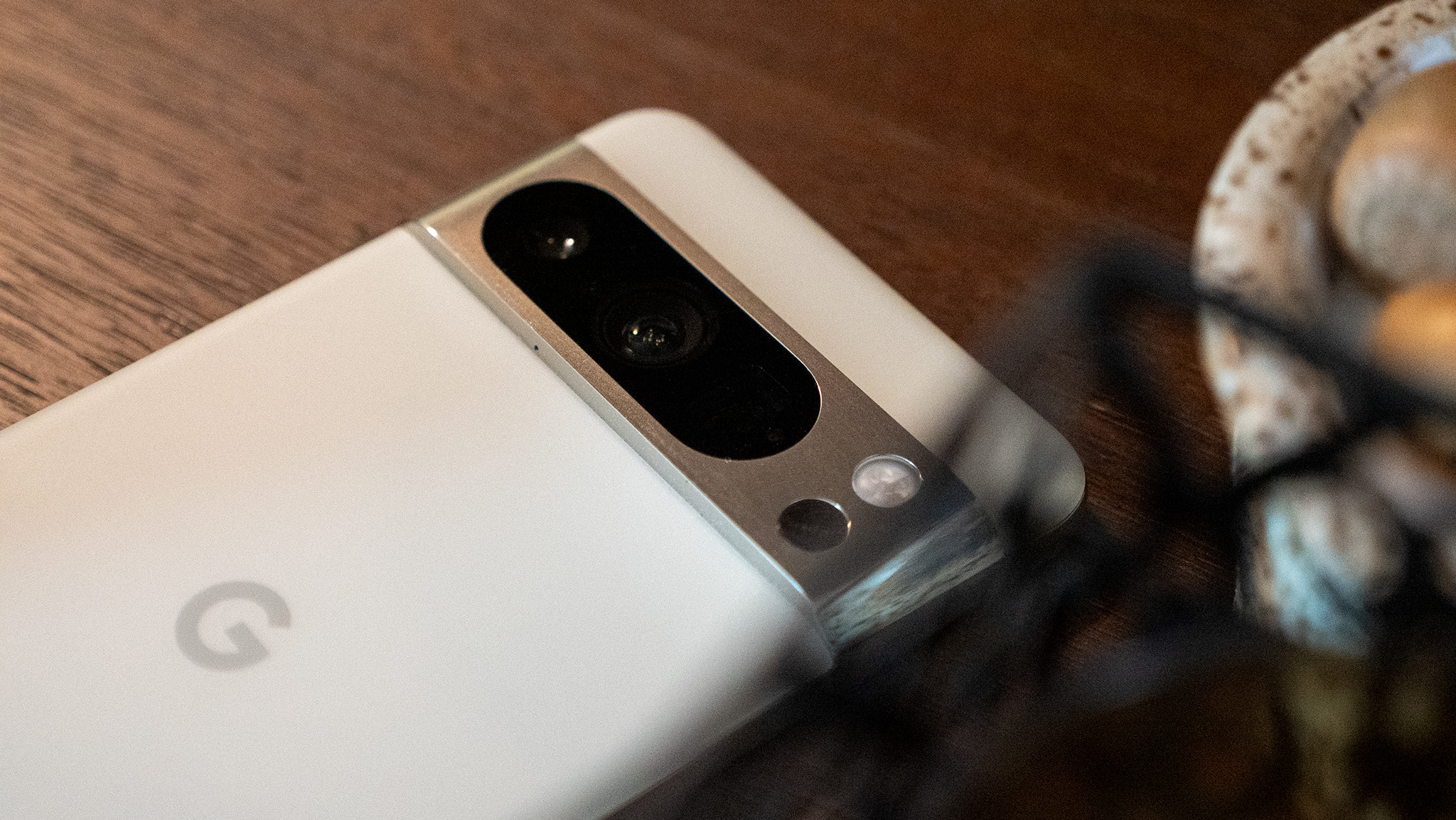
The Google Pixel 8 Pro is no slouch in the AI photo department either. It has a 50MP main camera, a 48MP telephoto camera, a 48MP ultra-wide camera with improved Macro Focus, and a 10.5MP selfie front camera. With Super Res Zoom, you can get up close and personal with subjects, zooming up to 30x without losing detail, focus, or clarity. Sutrich says the cameras are the best overall of any Android phone he’s used to date.
There are professional controls, too, with advanced camera settings for shutter speed as well as Night Sight and astrophotography. With any photo, Google AI technology works in the background to reduce noise and boost quality, both in still photos and videos, and in any lighting condition.
Google’s photo editing features have become favorites, including Magic Editor for making custom edits and quality enhancements to photos. While Sutrich says it works incredibly well, he also noticed the phone tends to get warm when using it, but it doesn’t overheat. There’s also Best Take for combining similar photos of the same thing to keep the “best take” shot (no more closed eyes or fidgeting babies when everyone else is smiling!), Photo Unblur and Face Unblur, Portrait Mode, and Magic Eraser for removing unwanted elements from photos.
AI extends to video as well, with features like Audio Magic Eraser that uses Google AI to reduce distracting sounds when shooting outdoors or in louder conditions, like when a furnace is humming in the background of your dance video. Video Boost can also be used to adjust color, lighting, stabilization, and graininess.
ASUS Zenfone 11 Ultra vs. Google Pixel 8 Pro: Which should you buy?
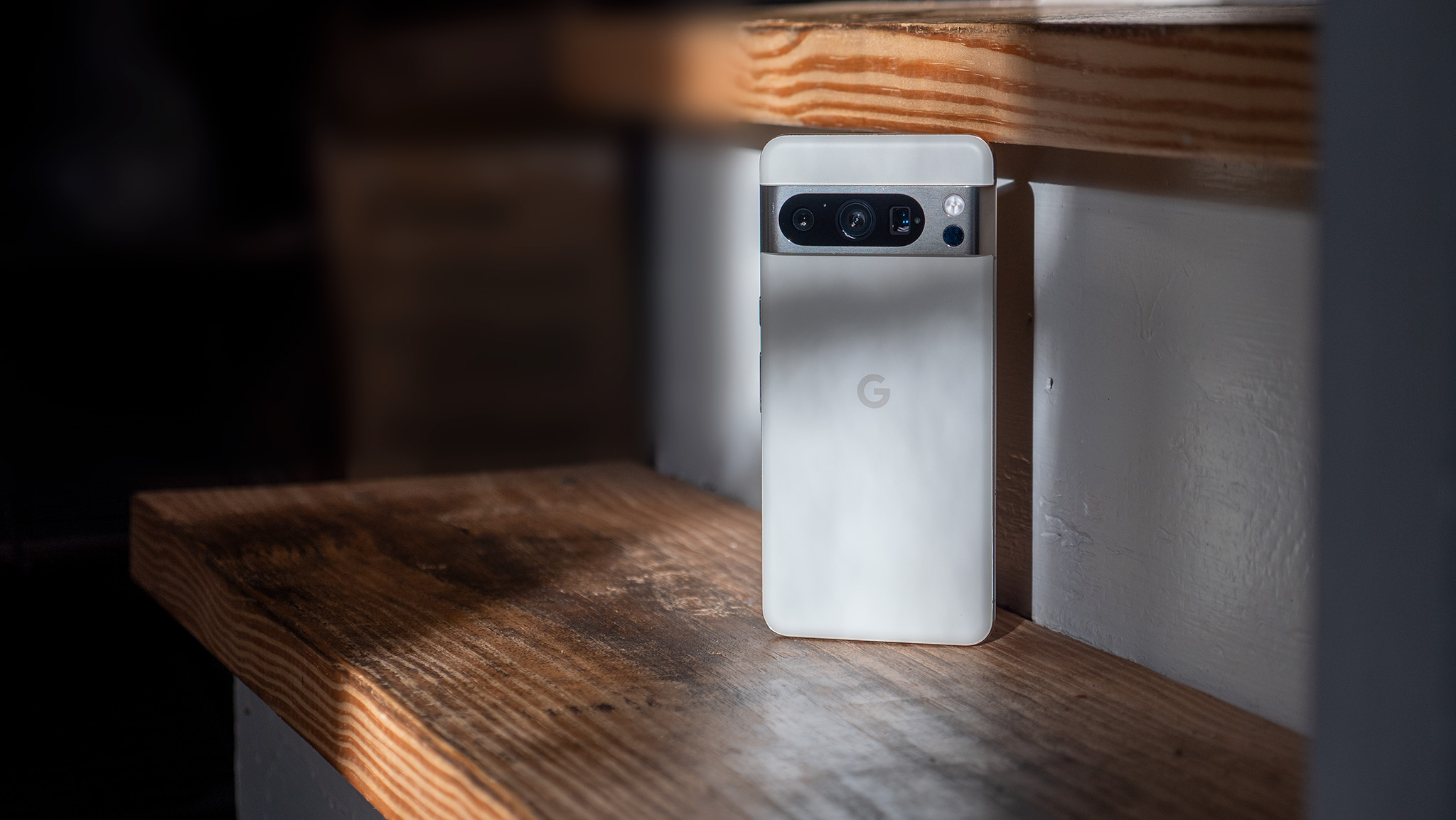
It’s decision time now. In the showdown of ASUS Zenfone 11 Ultra vs. Google Pixel 8 Pro, which should you buy as your next device?
When it comes to the ASUS Zenfone 11 Ultra, which is effectively a rebadged ROB Phone 8, as Jonnalagadda points out, it might not live up to expectations. “ASUS went from making the best small phone,” he says in the review, “to a device that doesn’t quite have a distinct visual identity.” He loves the AI features and says ZenUI is one of his favorite Android skins. However, the cameras aren’t as good as those in its class, namely the Google Pixel 8 Pro.
The Google Pixel 8 Pro might not be as powerful a phone overall, and it doesn’t have as big a battery. But it has better cameras and is supported for longer than you’ll probably even keep the phone. That means when you are ready to upgrade, you have a better chance of getting good money if you want to resell or trade it in. You can also confidently hand it over to a friend or family member, and they’ll still be able to enjoy years of use with it. That counts for a lot.
Sutrich calls the Google Pixel 8 Pro the “king of the Androids,” and for good reason. With its combination of premium features, AI integration, fabulous cameras, and affordable price, it’s tough to beat. Thus, it makes sense as the top pick between these two. You’ll get more bang for your buck, and it will last a long, long time with solid new features flowing consistently through Feature Drops. If you want to explore other options, check out the best Android phones available today to see what other brands might have to offer as well.

A good short-term phone
With only two years of software updates, the ASUS Zenfone 11 Ultra is a solid premium yet affordable device to use for now if you plan to upgrade in a few years. Along with futuristic AI features, some of which are still in beta mode, it has a gloriously bright screen, decent cameras, and offers solid gaming performance. Plus, it has something virtually no phone has anymore: a headphone jack!

Still the one to beat
The Google Pixel 8 Pro remains the Android phone to beat when it comes to premium features yet affordable price. It might not boast as high specs as the ASUS Zenfone 11 Ultra, including a lower resolution front camera, smaller battery, and arguably less powerful processor, particularly for gaming. But it’s the all-around best bang for your buck when it comes to Android phones.

Christine Persaud has been writing about tech since long before the smartphone was even a "thing." When she isn't writing, she's working on her latest fitness program, binging a new TV series, tinkering with tech gadgets she's reviewing, or spending time with family and friends. A self-professed TV nerd, lover of red wine, and passionate home cook, she's immersed in tech in every facet of her life. Follow her at @christineTechCA.
You must confirm your public display name before commenting
Please logout and then login again, you will then be prompted to enter your display name.
